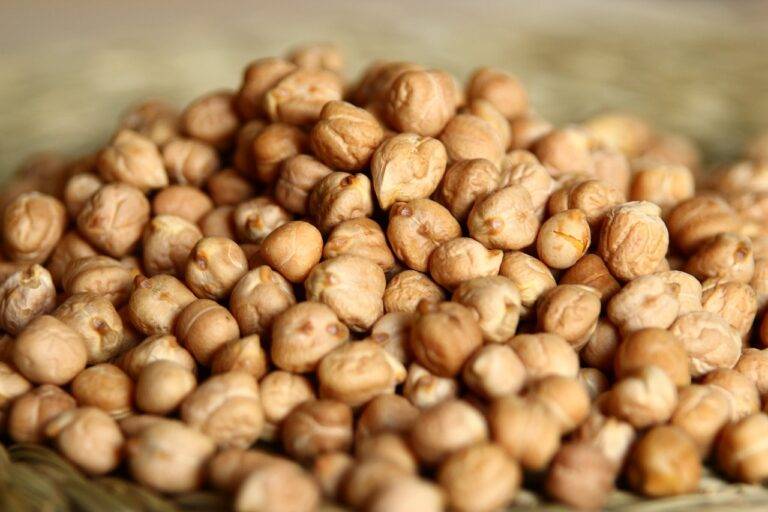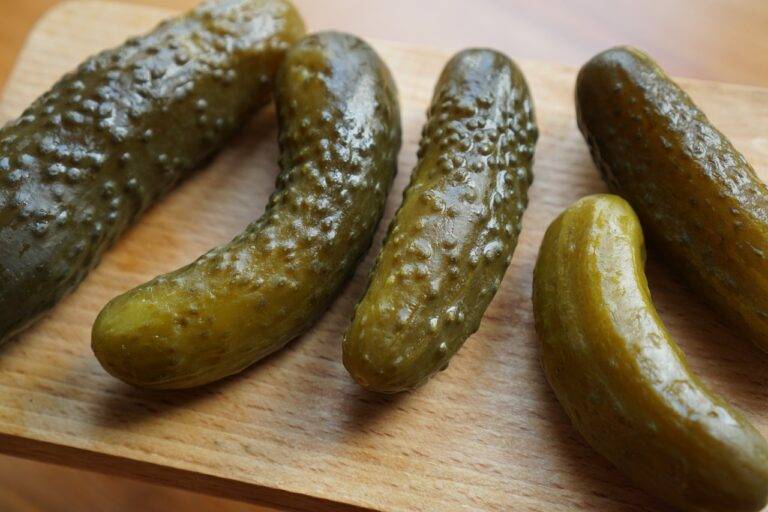Exploring Fermentation Techniques in Food Preservation and Flavor Enhancement
Fermentation is a natural process that has been utilized for centuries in food production. It involves the breakdown of carbohydrates by bacteria, yeasts, or other microorganisms in the absence of oxygen. This process produces energy for the microorganisms and results in the production of various compounds such as acids, gases, or alcohol.
During fermentation, sugars are converted into different byproducts, depending on the type of microorganism present and the conditions of the fermentation environment. This transformation is essential in the production of foods like yogurt, bread, beer, wine, and sauerkraut. Fermentation not only helps preserve food but also enhances its flavor and nutritional value.
Different Types of Fermentation
Fermentation is a natural process that can be categorized into various types based on the microorganisms involved and the end products produced. In alcoholic fermentation, yeasts break down sugars to produce ethanol and carbon dioxide, commonly used in the production of alcoholic beverages such as beer and wine. Another type is lactic acid fermentation, in which bacteria convert sugars into lactic acid, commonly practiced in the production of foods like yogurt and sauerkraut.
Acetic acid fermentation involves the conversion of ethanol into acetic acid by specific bacteria, resulting in the production of vinegar. Meanwhile, propionic acid fermentation is utilized in the production of Swiss cheese, where bacteria produce propionic acid, contributing to the cheese’s flavor and texture. These different types of fermentation play essential roles in various food and beverage industries, providing unique flavors, textures, and preservation methods.
What is fermentation?
Fermentation is a metabolic process that converts sugars into acids, gases, or alcohol using microorganisms such as yeast or bacteria.
What are the different types of fermentation?
There are several types of fermentation, including alcoholic fermentation, lactic acid fermentation, and acetic acid fermentation.
What is alcoholic fermentation?
Alcoholic fermentation is a type of fermentation that produces ethanol and carbon dioxide, commonly used in the production of beer, wine, and bread.
What is lactic acid fermentation?
Lactic acid fermentation is a type of fermentation that produces lactic acid, commonly used in the production of yogurt, sauerkraut, and pickles.
What is acetic acid fermentation?
Acetic acid fermentation is a type of fermentation that produces acetic acid, commonly used in the production of vinegar.
How do different types of fermentation differ from each other?
Different types of fermentation differ in the microorganisms used, the end products produced, and the applications in various food and beverage production processes.





